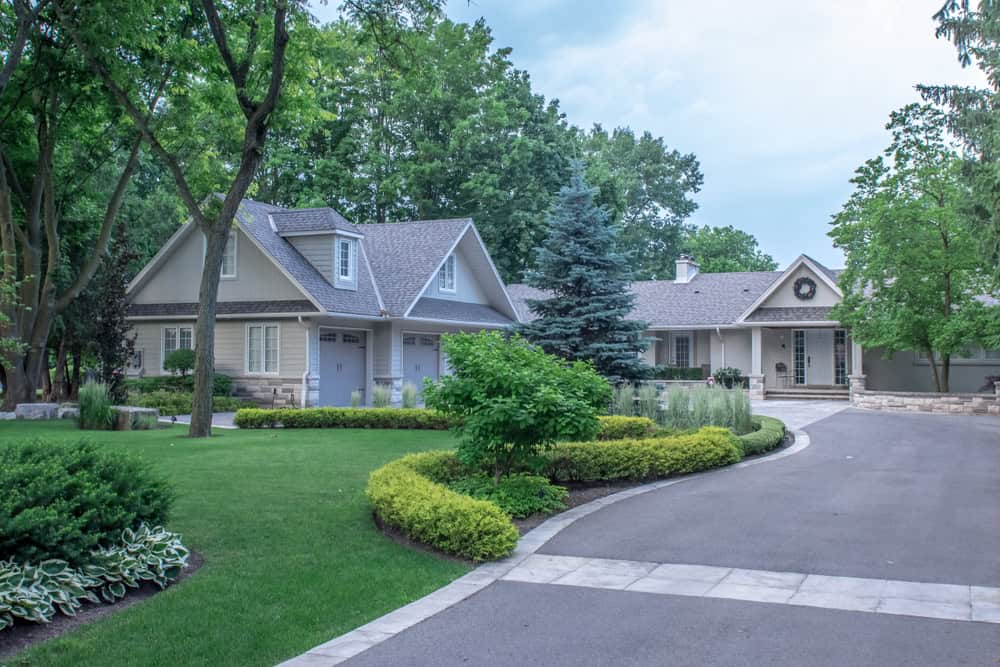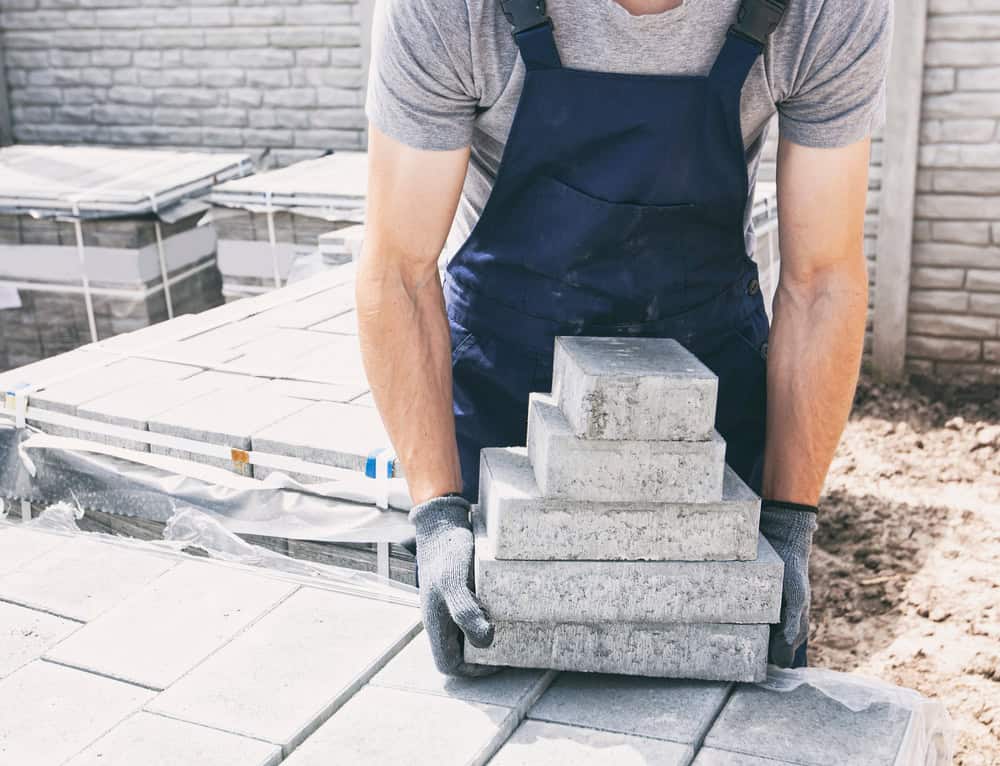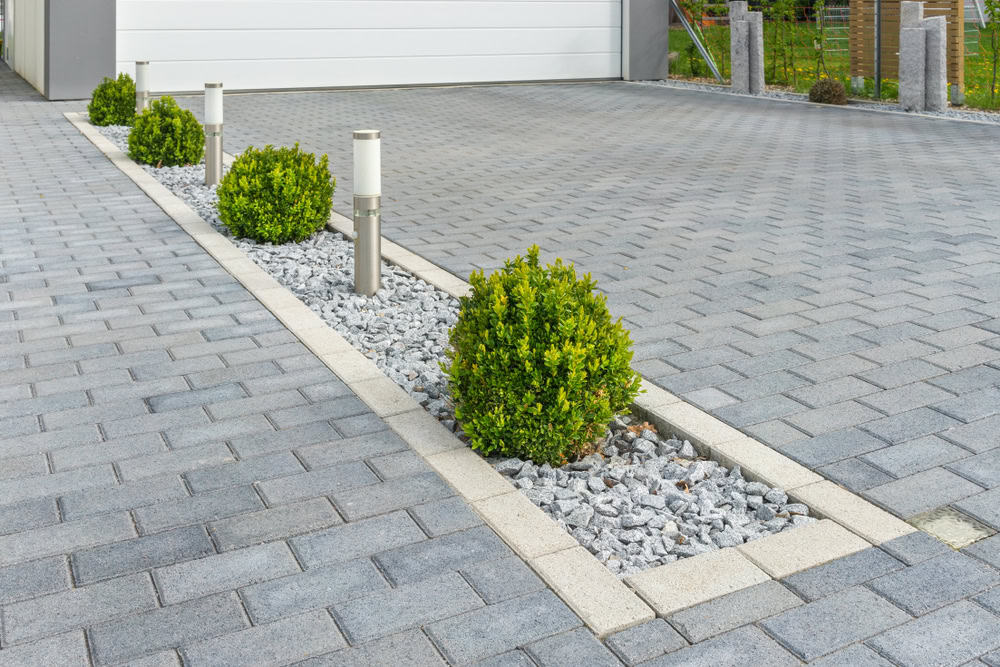Professional paver installation that handles New England weather without settling, shifting, or disappointing you later.


Your patio becomes the place where morning coffee tastes better and evening conversations last longer. No more looking at that cracked concrete or uneven stones wondering when you’ll finally do something about it.
Properly installed pavers handle Massachusetts freeze-thaw cycles without the drama. They drain water instead of pooling it. They stay level instead of creating trip hazards for your family and guests.
You get an outdoor space that works with your lifestyle instead of against it. One that adds value to your property and gives you something to be proud of when neighbors walk by.
We’ve been handling paver installations throughout Cambridge and Somerville for years. We understand what works in this area and what doesn’t.
Every project starts with proper base preparation because shortcuts always show up later. We use quality materials that match the character of Inman Square’s diverse architectural styles.
We know local building requirements and handle permits properly. No surprises, no cutting corners, no hoping it works out.

First, we assess your space and discuss what you want to accomplish. No high-pressure sales pitch, just honest conversation about options, timeline, and budget.
Next comes proper excavation and base preparation. This step determines whether your pavers will still look good in five years or start settling next spring. We dig deep enough, compact properly, and install the right base materials for your specific soil conditions.
Then we install your pavers with attention to pattern, spacing, and proper edge restraints. Final steps include joint sand application and sealing if needed. You get a walkthrough of the completed work and care instructions that actually make sense.

Ready to get started?
Every paver installation includes proper excavation, base preparation with crushed stone, and sand leveling course. You get quality pavers installed to manufacturer specifications with appropriate joint spacing and edge restraints.
We handle cleanup daily because your property isn’t our storage yard. All necessary permits are obtained and work meets local building codes. Material delivery is scheduled to minimize disruption to your routine.
Your project includes a final inspection walkthrough and maintenance guidelines. We explain what to expect during the first year as everything settles naturally and when to contact us if issues arise.
